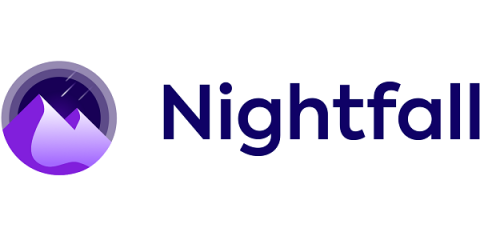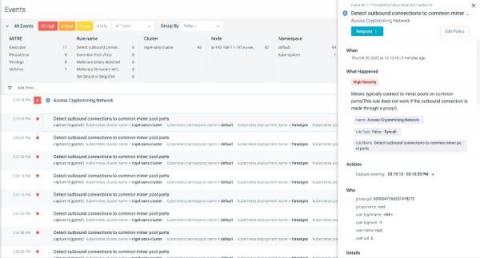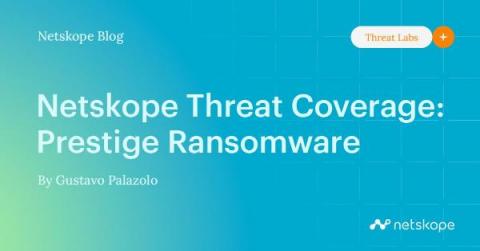Diagnosing Board Reporting and Its Challenges
Three-quarters of U.S. CEOs in PwC’s 24th Annual Global CEO Survey said they are “extremely concerned” about cyber threats. They want to understand roadblocks, cyber insurance coverages, and budget allocation, among other critical topics. CISOs prefer the language of technology, and boards prefer the language of finance.









